16 Instruments Used in Country Music
The wide-ranging genre of country music is played on a wide variety of instruments. These 16 are the most typical country music instruments used.
Naturally, some will be used more frequently in specific “sub-genres” of country music.
Contents
Country Music Instruments
1. Banjo
The banjo, a plucked string instrument from the lute family, was a staple of old-time country music. African-Americans played and invented the early form of the instrument in the US, despite the fact that the banjo’s origins and the word’s etymology are unknown.
Its resonator, which consists of four or five strings, is typically a circular membrane stretched over a frame or cavity.
This membrane is typically made of plastic, but it can also occasionally include an animal skin. Similar to how an acoustic guitar’s soundbox and sounding board do, it boosts the sound’s resonance.
2. Fiddle
The violin, the smallest violin family member, and the fiddle are essentially the same instrument. Depending on the genre, this bowed string instrument is referred to by a different name.
For instance, it would be referred to as a violin in the context of classical music and as a fiddle in the context of bluegrass or country music.
The fast, upbeat rhythms in fiddle music are intended for dancing. In accordance with the rhythms, the notes change rapidly, and sustained notes are uncommon.
The fiddle was a popular instrument among immigrants coming from the British Isles because it is compact and portable.
Scottish fiddle music rose to prominence as an emblem of Appalachian culture, and like the banjo, it was a key component of traditional country music.
3. Harmonica
An example of a free-reed wind instrument is the harmonica. A mouthpiece with holes running the length of it makes up the basic design of all harmonicas, regardless of the keys they can play.
To produce notes, musicians either blow air into or suck air out of these holes. Other names for the harmonica include the mouth organ and the French harp.
In the 19th century, the harmonica was created in Europe and brought to America shortly after. It could easily be tucked into a pocket and was small enough to fit in the palm.
The harmonica is frequently used in western music because it was an easy instrument for settlers to transport.
4. Mandolin
The lute family also includes the mandolin. It typically has four unison-tuned pairs of metal strings, which are typically pulled with a plectrum.
By alternately plucking a pair of strings on the mandolin, a mood was created. Compared to plucking a single string, playing two strings this way produced a much louder and more continuous sound.
5. Dobro
A single-cone resonator guitar is known as a dobro.
In contrast to an acoustic guitar, which transmits string vibrations to the top of the instrument or sounding board, resonator guitars conduct the vibrations of the strings through the bridge to spun metal cones.
It is typically played across the player’s lap, unlike the traditional guitar.
The dobro was prized for its distinctive tone even though it was initially made to be louder than an acoustic guitar in order to be heard over other instruments.
6. Acoustic Guitar
Among all plucked string instruments, the acoustic guitar is arguably the most well-known and frequently used.
Acoustic guitars are incredibly diverse in terms of their design and manufacture, and they most likely first appeared in Spain in the early 16th century.
A string’s vibrations are transmitted from the bridge to the top and body of the guitar when it is plucked, and sound is produced from the soundhole.
Both contemporary and traditional country music frequently employ acoustic guitars because of their rich, warm tones.
7. Accordion
Squeezeboxes are another name for the family of free-reed instruments known as accordions. They are transportable, and while playing, accordionists strap them across their torsos.
The player presses buttons or keys with one hand while using the other to expand and contract bellows.
The most popular type of accordion is called a piano accordion because it has a right-hand keyboard similar to a piano or organ.
In the nineteenth century, European immigrants brought the accordion to the Americas from its place of origin in Europe. Western music mainly made use of piano accordions and diatonic button accordions.
8. Upright Bass
Low-frequency notes are produced by the bowed string instrument known as the upright bass or double bass. It is also known as a bass fiddle or bass violin in folk music.
It typically has four strings and is built similarly to the cello. The player can either sit or stand while playing.
The upright bass played a prominent role in the country music rockabilly subgenre. Although playing it with a bow was uncommon in rockabilly, plucking the strings, or pizzicato, was.
9. Electric Guitar
The electric guitar is a well-liked instrument that is frequently used in a variety of musical genres, just like the acoustic guitar. The solid body of the electric guitar lacks a soundbox.
It makes use of piezoelectric or magnetic pickups to turn the string’s vibrations into electrical signals. A guitar amplifier receives these electrical signals and transforms them back into sound.
An important advantage of the electric guitar, aside from the amplified volume, is that the player can control the output and produce a suitable tone for any style or song.
Other parameters, such as distortion and reverb, can be freely adjusted.
In the late 1930s, country musicians first used electric guitars. With the advent of the Nashville sound in the 1950s, licks and riffs gained significance, and the electric guitar was the ideal instrument to play them.
10. Electric Bass
Electric bass is an instrument from the guitar family used to play bass notes. It typically has four strings, similar to the upright bass, but there are also five- and six-string variations.
Apart from having a much longer neck, it functions exactly like an electric guitar and is built in the same way.
11. Drums
At first, people thought that drums were “too loud” and “not pure” for country music. By 1935, Bob Wills, hailed as the King of Western Swing and he added drums to his ensemble.
Even in the mid-1950s, conservative country music shows preferred to keep the drummers backstage because drums were so despised. But after a short while, it was unusual to see a country band without a drummer.
12. Piano
The piano gained popularity in the country music scene with the emergence of western swing, despite the fact that country musicians and producers initially despised it.
Western swing, which evolved from the fusion of jazz and country music, frequently featured pianists in both recordings and live performances.
The Honky-Tonk style of piano music, which prioritized rhythm over melody, was one type of piano music that found its way into country music in the 1930s and 1940s.
13. Autoharp
Autoharp is a zither family instrument with plucked strings. The strings that are not a part of the chord being played are dampened by bars.
While the other hand manages the bar, the first hand plucks the strings. Even though it isn’t as frequently used in modern country music, the autoharp has long been a vital component of Appalachian music.
14. Pedal Steel Guitar
One variety of steel guitar that resembles a small table in structure is the pedal steel guitar. The pitches of the strings can be changed by using pedals and levers to raise, lower, or bend them.
These imitate how a guitarist bends strings with their fingers and changes the pitch by adjusting the string tension.
Contrary to popular belief, steel guitars are distinct from steel-stringed acoustic guitars. Typically fretless, a steel guitar is played by gliding a steel bar across the strings. It is especially helpful for sliding or producing continuous pitches.
The Hawaiian steel guitar, which originated there, entered country music thanks to a chance meeting between country musician Jimmie Tarlton and Hawaiian guitarist Frank Ferera.
15. Washboard
A washboard, also known as a rubbing board or scrub board, is a musical instrument typically used in genres like country, bluegrass, and folk music. The Washboard consists of a ridged surface usually made of metal or wood, mounted in a frame, and played by rubbing a pair of thimbles or specially designed metal picks (known as washboard thimbles) against the ridges.
In country music, the washboard is often used as a percussion instrument, providing a rhythmic accompaniment to the music. It’s commonly played by placing the washboard against the chest or waist of the musician and using both hands to rhythmically rub the thimbles or picks against the ridges. This creates a distinctive sound that adds texture and energy to the music, particularly in more traditional or acoustic country music arrangements.
The washboard player often plays in sync with other instruments, such as guitars, banjos, and fiddles, contributing to the overall rhythm and feel of the music.
16. Zither
A zither consists of a flat wooden soundbox with numerous strings stretched across it horizontally. The strings are often plucked or strummed, and the sound produced can vary depending on the specific type of zither and how it’s played.
In country music it can be found in certain country music recordings or performances, especially those with a folk or traditional influence.
The zither may be used in country music to provide accompaniment or as a featured instrument in certain songs or arrangements. Its unique sound can add a distinctive flavor to the music, particularly in more acoustic or roots-oriented styles of country music. In some cases, the zither may be played in a fingerpicking style, similar to how a guitar or banjo might be played, while in others, it may be strummed or plucked to create a rhythmic accompaniment.
While the zither may not be as commonly associated with country music as some other instruments, it can still play a role in shaping the sound and character of certain country music recordings or performances.
Traditional Country Vs Modern Country Music
Country music, also known as “Country and Western music,” is a popular musical style with roots in the folk songs of working-class Americans in the 18th century.
This genre has evolved over time into a variety of subgenres as a result of the blending of musical traditions from various cultures.
When you start to look into the history of the term “country music,” things can become very muddled. The meaning of the word “country” has changed since it was first coined.
To understand the genre of music that we now refer to as country music, it is important to have a basic understanding of North American history before delving into the specifics of the instruments used.
Traditional Country Music
On the eastern coast of North America, immigrants from the British Isles, continental Europe, and Africa began to arrive in the 18th century.
They brought with them musical instruments and musical styles from their respective cultures. Appalachian or hillbilly music is a fusion of these various musical genres that emerged along the Appalachian Mountains in the eastern part of the United States.
The Scottish fiddle music was influenced by African rhythms, which resulted in the distinctive music of the Appalachian region.
It included both bowed and plucked string instruments, including the fiddle, guitar, banjo, and autoharp.
Western music is a distinctive subgenre of music that emerged as some settlers started moving west. It was the music that the people who settled in North America’s western regions played.
Its origins were similar to those of hillbilly music, and both genres developed at the same time.
Western music was influenced by Mexican and Native American folk music, as well as English, Irish, and Scottish folk ballads.
Even though the cowboy did not invent western music, many of the songs in this genre have since been heavily inspired by his way of life. Early cowboy bands primarily played stringed instruments, with harmonicas appearing on occasion.
Modern Country Music
In the 1920s, music recording was just getting started, and hillbilly music began to find a home in American popular culture.
Some acts and artists incorporated new instruments into their recordings after getting inspiration from other styles.
Due to Hawaiian music’s influence, the steel guitar, for example, made its way into the genre in the early 20th century.
Hillbilly was eventually replaced by the term “country,” though at this point the genre was still distinct from western music.
Western music first gained popularity in the 1930s and 1940s thanks to Hollywood cowboy movies. Even though the country and western genres were separate, they were frequently played on the same radio stations.
This gave rise to the phrase “country and western,” which was later abbreviated to “country music” and is now a widely used term.
With the development of technology and the influence of musical genres like jazz and pop, country musicians started to use a variety of sounds and instruments over the years.
Instruments like electric guitars, trumpets, keyboards, and drums were added to ensembles.
As a result, the genre evolved into numerous sub-genres, including western swing, rockabilly, and honky tonk. Later on, styles like the Nashville Sound and countrypolitan appeared.
Some of these subgenres were crucial in the creation of new musical genres. For instance, rock and roll had its roots in rockabilly.
Since then, the modern country music genre has grown to include new and outlaw country, Americana, bro-country, country pop, and country rock.
While each of these subgenres has its own distinct flavor, they all share characteristics with other styles of country music.
Modern country music, in contrast to traditional country music, covers a wide range of topics and themes. Its creators are also more diverse, which helps country music appeal to a wider range of listeners and demographics globally.
Summary
Country music is the result of the fusion of various communities and cultures from around the globe. Country music, which has its roots in political and historical events, has developed over time into a variety of distinct subgenres.
Modern country music can be characterized as having something for everyone because there are no restrictions on the sounds and instruments that can be included in country records.
Modern country instruments and musicians like Keith Urban and Taylor Swift unquestionably contributed to the global success of country music, despite the fact that some purists may not appreciate it.
Country Music FAQs
Which instrument is most commonly used in country music?
The banjo is one of the most recognizable instruments associated with country music, both visually and audibly. The banjo contributed its distinctive frailing or finger-picked sounds as well as its African and minstrel associations to early country music recordings and broadcasts.
What kind of guitar do country musicians play?
The acoustic guitar, known for its warm, rich tones, has been widely used in both modern and traditional country music. Although electric guitars have gained importance in modern country music, the acoustic guitar has long been the primary instrument defining the country music sound.
What characteristics define a country song as such?
According to the definition of country music, it is “a style and genre of predominately string-accompanied American popular music with roots in the folk music of the Southeast and cowboy music of the West, typically vocalized, generally simple in form and harmony, and typified by romantic or melancholy ballads accompanied by acoustic or electric guitars”

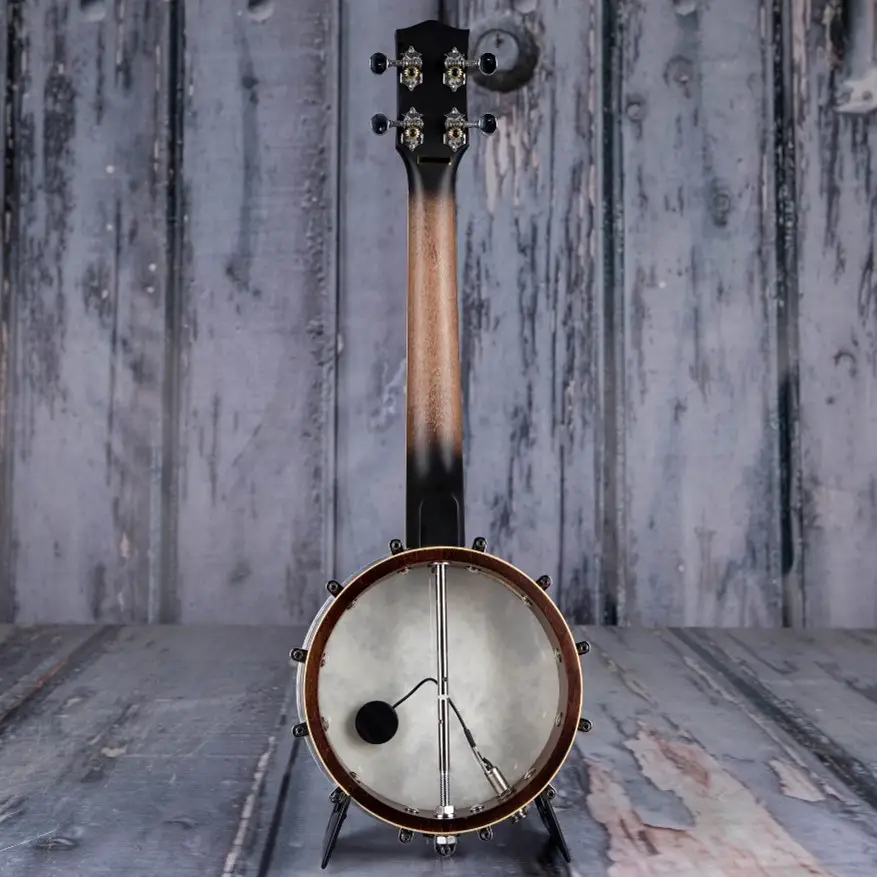
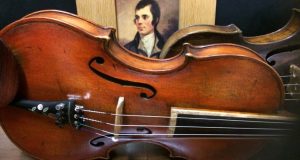
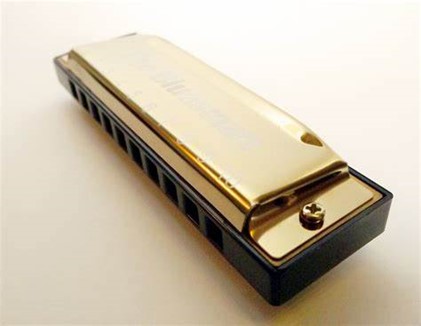
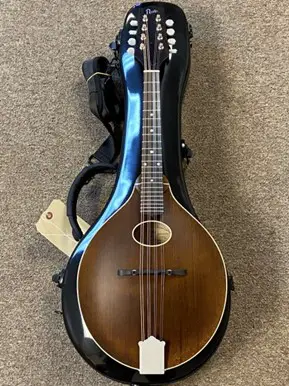
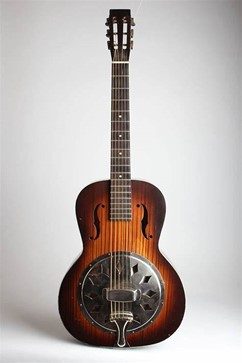
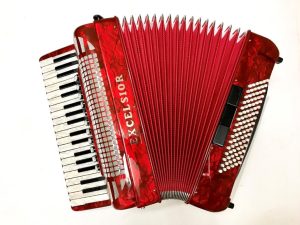
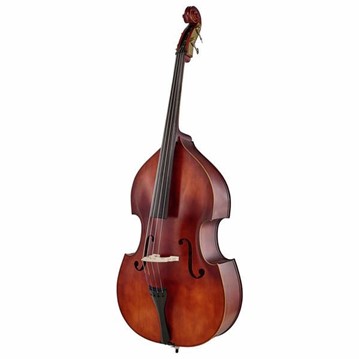
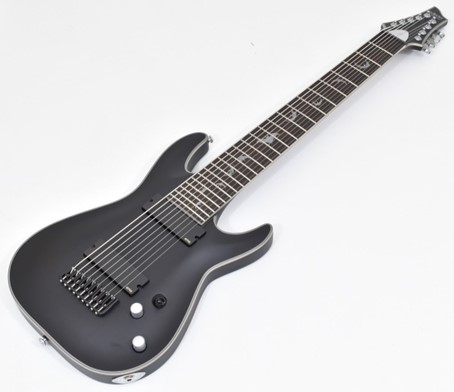


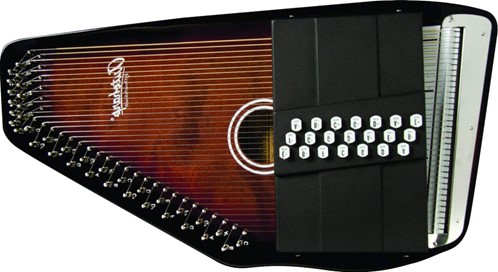
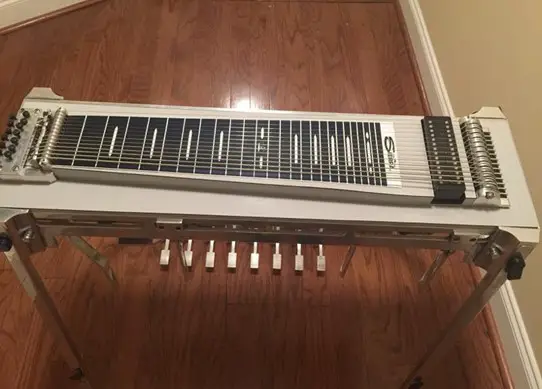
+ There are no comments
Add yours